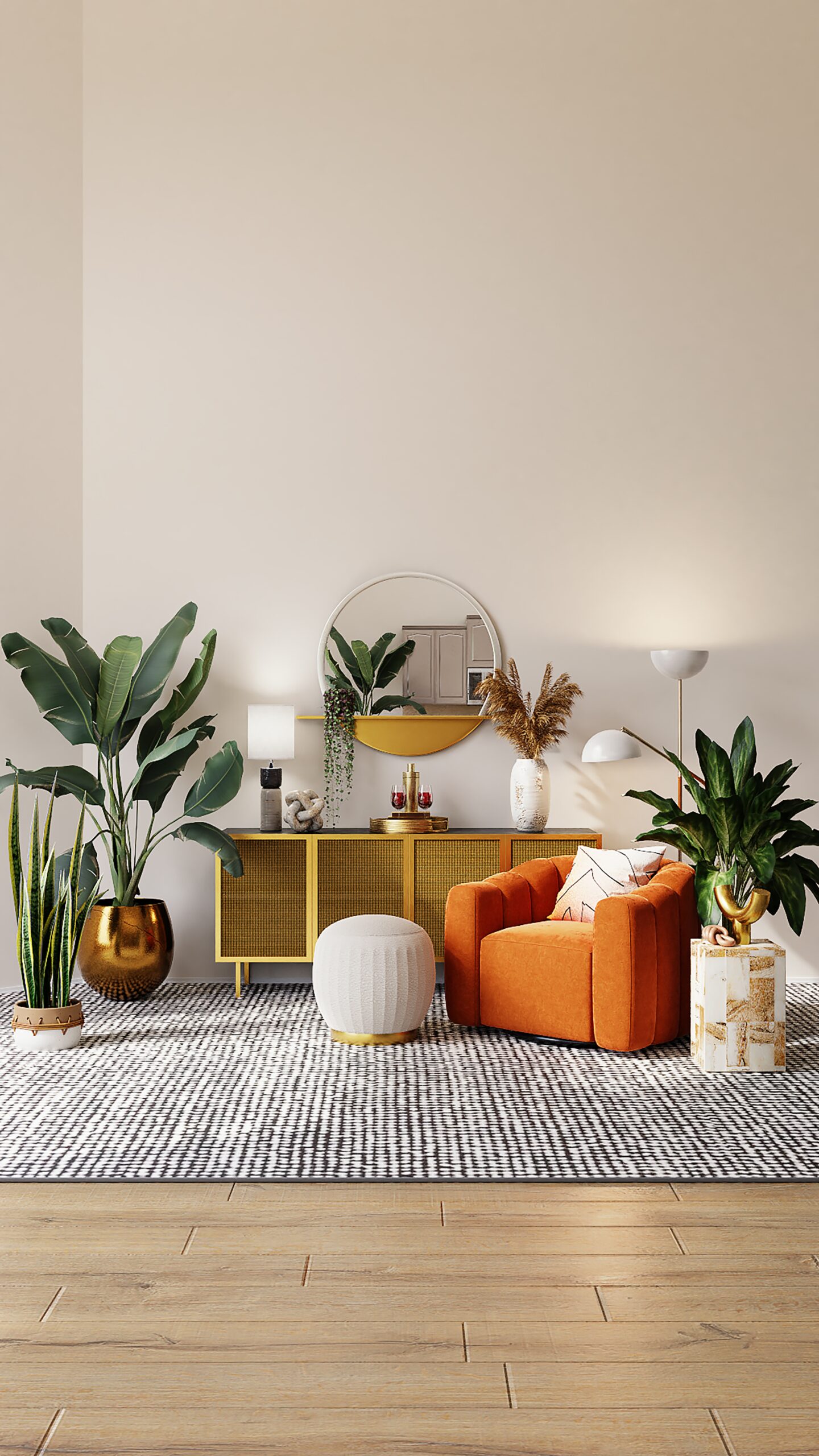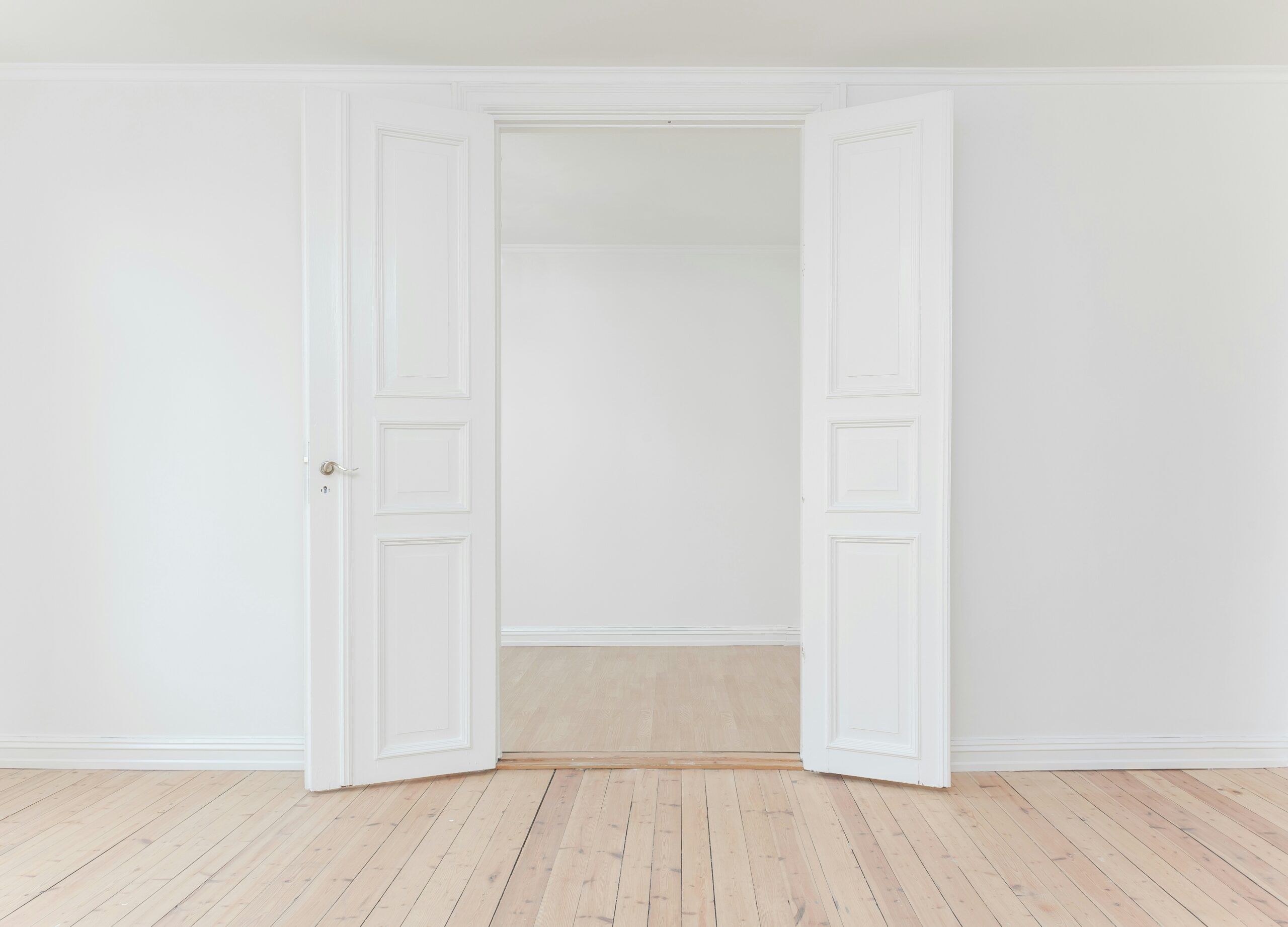Introduction
When it comes to designing a flat, finding the right balance between form and function is essential. While aesthetics play a significant role in creating an inviting and visually pleasing space, it is equally important to prioritize functionality to ensure that the flat meets the needs of its occupants. In this blog post, we will explore the art of balancing form and function in flat interior design.
The Importance of Form
Form refers to the visual appeal and style of a space. It encompasses elements such as color schemes, furniture selection, and overall design aesthetics. While form is often considered subjective, it plays a crucial role in setting the tone and atmosphere of a flat.
When designing a flat, it is essential to consider the preferences and personality of the occupants. The form should reflect their taste and create a space that feels like home. Whether it’s a minimalist, contemporary, or eclectic design, the form should align with the desired style.
Another aspect of form is the use of space. Well-planned spatial design can enhance the overall aesthetics of a flat. Utilizing the available space effectively, considering the flow of movement, and incorporating visually pleasing elements can all contribute to a well-designed form.
The Significance of Function
While form focuses on the visual aspect, function emphasizes the practicality and usability of a flat. A well-designed flat should not only look good but also serve its purpose effectively.
Functionality should be at the forefront of the design process. It involves considering the needs of the occupants and designing the space to accommodate those requirements. For example, if the flat is occupied by a family with children, it should incorporate child-friendly features and ample storage space.
Efficient space planning is crucial for achieving optimal functionality. Each room should be designed with its intended use in mind. A well-designed kitchen should have sufficient storage, workspace, and easy access to essential appliances. Similarly, a bedroom should provide a comfortable sleeping environment with adequate storage for personal belongings.
Striking the Balance
Now that we understand the importance of both form and function, the challenge lies in finding the right balance between the two. It is possible to create a visually stunning flat that is also highly functional.
One approach is to prioritize function and then layer in form. Start by understanding the needs of the occupants and designing the space to meet those requirements. Once the functional aspects are in place, add elements of form to enhance the aesthetics without compromising usability.
Another approach is to focus on creating a cohesive design concept that seamlessly integrates both form and function. This involves selecting furniture, colors, and materials that not only look good but also serve a purpose. For example, choosing a stylish sofa that is also comfortable and durable.
Collaborating with an experienced interior designer can be beneficial in achieving the perfect balance between form and function. They have the expertise to create a visually appealing space while ensuring that it meets the practical needs of the occupants.
Conclusion
Designing a flat that strikes the right balance between form and function is a skill that requires careful consideration. By prioritizing both aesthetics and usability, it is possible to create a space that is visually pleasing and meets the needs of its occupants. Whether it’s through efficient space planning or selecting the right furniture and materials, finding the perfect balance is key to achieving a well-designed flat.
Remember, the form should reflect the occupants’ preferences, while the function should cater to their needs. With the right approach and a focus on balance, you can create a flat that is both beautiful and functional.




